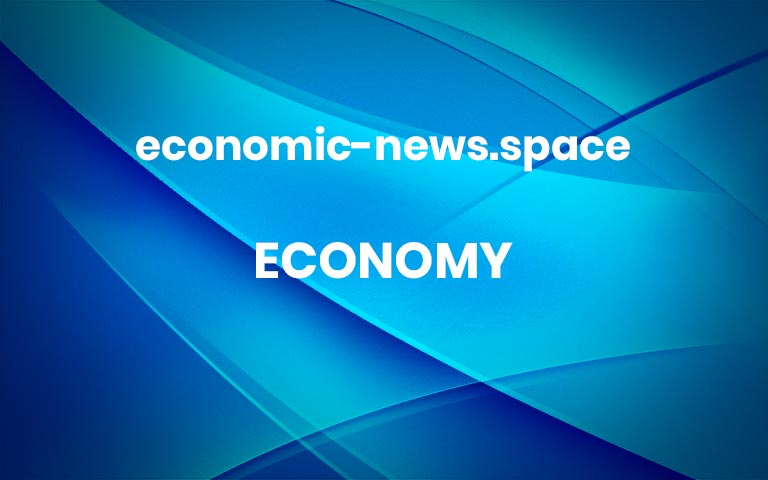DUBAI (Reuters) -Cryptocurrency firm Tether plans to move its headquarters to El Salvador, its chief executive said, as the founders of the world’s biggest stablecoin look to capitalize on the Central American country’s bid to become a hub for crypto trading.Tether has emerged as a dominant force in the booming market for stablecoins, which are designed to maintain a constant value by being pegged to traditional currencies and offer users a way to move money between cryptocurrencies without exposure to price swings.CEO Paolo Ardoino told Reuters that Tether would relocate to El Salvador after the cryptocurrency recently obtained a license there as a digital asset service provider. Ardoino and his fellow managers and cofounders of Tether will also move their residences to El Salvador, he said. Previously, the company was incorporated in the British Virgin Islands.”This move to El Salvador will be the first time we’re going to have also a physical headquarters,” he said. But not all of the company’s 100-plus employees will move there, he said, adding that many of the staff work remotely.The company plans to hire 100 Salvadorans over the next several years, he said.The booming market for stablecoins has worried regulators concerned that growing stablecoin reserves expose the broader financial system to bigger risks, because they act as a bridge between the crypto universe and mainstream financial markets.Tether has faced questions around its reserves and does not fully disclose where they are held or in what form. The firm says the vast majority of its stablecoin is backed by traditional currency reserves held with Wall Street brokerage Cantor Fitzgerald, whose CEO, Howard Lutnick, has been nominated to head the U.S. Commerce Department under President-elect Donald Trump. “So we have some liquidity on other banks, but the vast, vast majority of the T-Bills are in Cantor,” Ardoino said. BOOSTING MONITORING OF TOKENSThe company said last year it was increasing monitoring of how its tokens are used to combat illicit finance.Asked whether Tether had considered alternative locations for its headquarters, Ardoino said it lacked a license to operate in the European Union and had ruled out the United States for now. It was “quite premature” to predict possible changes that might be implemented under Trump, he said. Trump’s victory in the November U.S. election sparked a record rise in cryptocurrency prices. The Republican has vowed to introduce a friendlier regulatory environment for crypto and said he planned to create a U.S. bitcoin strategic reserve.El Salvador is seeking to become a hub for digital currency trading, and three years ago President Nayib Bukele made it the first country to establish bitcoin as legal tender, alongside the dollar.”Welcome home,” Bukele wrote on social media platform X in response to Tether’s announcement. In a separate post on Monday, Bukele asked the CEO of Rumble, Chris Pavlovski, to consider moving the headquarters of the video-sharing platform to El Salvador. Days earlier, the company announced a cloud services agreement with Bukele’s government.Tether’s eponymous dollar-pegged token (USDT) accounts for roughly two-thirds of the $212 billion worth of stablecoins in circulation, according to CoinGecko data. The overall market has grown around 45% over the last year, the data shows. More


